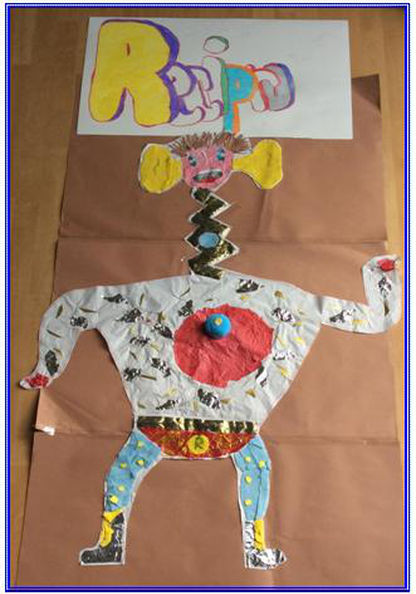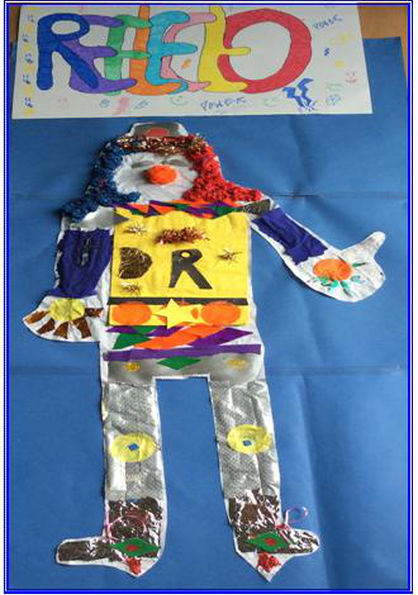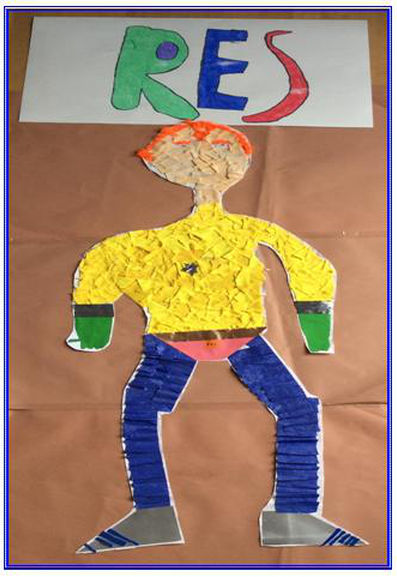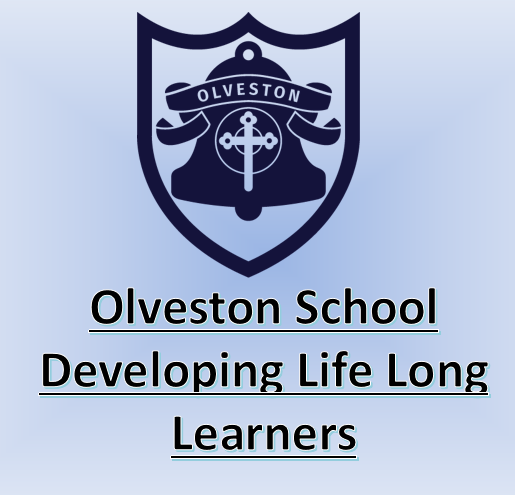BLP
Building Learning Powers
“Our forward looking school aims to be challenging and inspiring, enabling children to develop the independence to guide them through life as citizens of the world. “
We are committed to building young people’s learning power; not just what they are learning, but more importantly considering how they are learning. A major development for our school has been the introduction of Professor Guy Claxton’s pioneering work BLPs (Building Learning Powers) which builds on the ELLI skills our children are already familiar with. BLPs help children become more effective learners, it suggests that there are four learning dispositions- Resilience, Resourcefulness, Reflectiveness and Reciprocity. We are all born with these dispositions and they are not fixed.
Building Learning Power is an integral part of lessons, assemblies and all we do at Olveston CEVC School. Together we can grow the superheroes of the future!
Click the CBeebies icon above to find out more about Growth Mind set
Click the image above to see how the school uses a Growth Mind set to develop our learning behaviours.
Top tips for parents
* Ask your children what they have learnt today, not what they did.
* Encourage them to be more responsible for themselves.
* Use the language of BLP at home.
* Show them your own learning and talk about it.
* Let your child make mistakes—it is the best way to learn.
* Celebrate all your child’s learning achievements in and out of school.
What are the Olveston Learning Powers?
Reciprocity
Being ready, willing and able to learn alone and with others

Imitation
¨ Ready to learn from others
¨ Notice the approach and detail of how others do things
¨ Improve physical skills and absorb ideas, strategies and thinking patterns by observing other people
Interdependence
¨ Know how much interaction you need with others to assist your learning
¨ Make informed choices about working on your own or with others
¨ Are capable of maintaining your independent judgement when working with others
Empathy and Listening
¨ Pay other people attention
¨ Show you are listening by eye contact and body language
¨ Reflect back the main points that someone has said
¨ Hear feelings or thoughts behind peoples words
¨ Put yourself in other peoples shoes to see the world from their point of view
Collaboration
¨ Aware of how you respond to other people
¨ Manage your feelings when working with others
¨ Respect other peoples point of view
¨ Able to work effectively as part of a pair or team
¨ Share information and ideas willingly
¨ Understand the ground rules of team work
Reflectiveness
Being ready, willing and able to become more strategic about learning

Planning
- Think about what you want to get out of learning
- Assess which resources you may need
- Estimate how long it will take you
- Plan the steps you might take
- Anticipate what might get in the way
Meta-learning
- Interested in how you learn as an individual
- Can talk about what skills you need to make progress
- Can talk about how learning works for you
- Know your strengths and weaknesses as a learner
- Interested in becoming a better learner
Distilling
- Mull over experiences
- Draw out useful lessons from experience
- Identify features that are likely to help you elsewhere
- Think about where else you might use these lessons
Revising
- Ready to revise your plans as you go along
- Flexible in your learning
- Monitor how things are going
- Review your progress and change tack if necessary
- Change your plans when you’ve had a better
Resilience
Being ready, willing and able to lock onto learning

Perseverance
¨ Not put off by being stuck
¨ Tolerate feelings of apprehension, frustration or confusion without getting upset
¨ Recognise that learning can be a struggle
¨ Keep on going despite difficulties and find out ways to overcome them
Managing Distractions
¨ Aware of possible sources of distraction
¨ Purposefully try to minimise distractions
¨ Know what conditions help you learn
¨ Settle back into learning quickly after an interruption
Absorption
¨ Become engrossed in what you are doing
¨ May not be aware of time passing
¨ Find being absorbed satisfying
¨ Like the feeling of being stretched in your learning
Noticing
¨ Notice how things look, what they are made of, or how they behave
¨ Are patient knowing that details may take time to emerge
¨ Can identify significant detail
¨ Get a clear sense of what, before starting to think why or how
Resourcefulness
Being ready, willing and able to learn in different ways

Questioning
¨ Not afraid of not knowing
¨ Curious about things and people
¨ Like to get below the surface of things and come up with your own conclusion
¨ Often wonder why
¨ Play with ideas asking ‘how come?’ and ‘what if?’
Capitalising
¨ Learn from many different sources – people, books, the internet, music, the environment, experiences ...
¨ Make intelligent use of all kinds of things to aid learning
Making Links
¨ Look for connections between experiences or ideas
¨ Find pleasure in seeing how things fit together, make patterns
¨ Connect new ideas to how you think and feel already
¨ Look for analogies in your memory that will give you a handle on something complicated
Reasoning
¨ Create logical arguments
¨ Spot flaws in other people’s arguments
¨ Deduce what might happen
¨ Look for evidence
Imagining
¨ Picture how things might look, sound, feel, be
¨ Let your mind explore and play with possibilities and ideas
¨ Build up stories around objects, facts, theories or other stimuli
¨ Rehearse things in your mind before doing them for real


